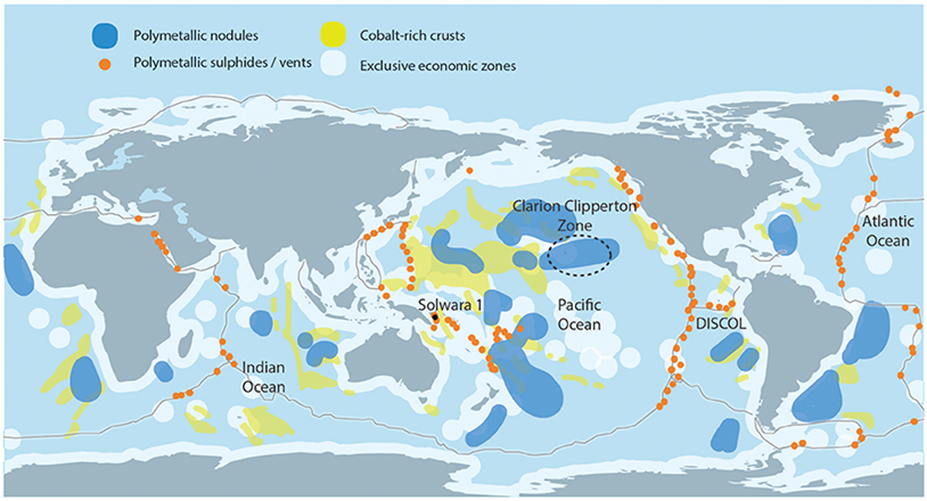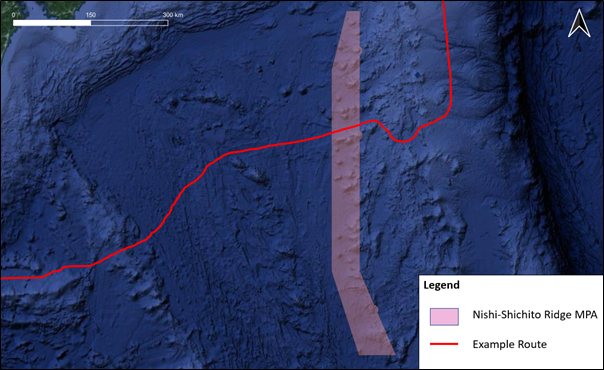Contact Us
Tuesday 18th July 2023 | Blog written by Neil McLauchlan, Route Engineer

Hydrothermal vents are commonplace along mid-ocean ridges and hotspots. Vents are fractures on the seafloor that allow the transfer of energy and minerals through a hydrothermal system consisting of porous rocks or pre-existing planes of weakness, before being ejected into the water column. The environments surrounding hydrothermal vents are often biologically diverse due to the heat and minerals ejected by them. Although the biodiversity of these features was not discovered until 1977. Chemosynthetic and archaea bacteria are often present, which in turn support tube worms, clams, shrimp, and other organisms that do not require light as an energy source. Japan has marked several regions containing these as marine protected areas. Therefore, it is best practice to avoid them wherever possible in route engineering and planning. However, in some cases this is not possible or would involve a bypass of thousands of kilometres. In these cases, it is prudent to take the shortest route possible when attempting to lay a cable through them, with micro-routeing exercises expected to avoid any habitats encountered by the survey aspect of the project.

Hydrothermal vents form mineral deposits called polymetallic sulphides, which are increasingly being investigated for deep-sea mining operations as they can contain cobalt, gold, copper and other rare earth minerals. Currently there are no active licenses, however it is prudent to locate these deposits and avoid routeing through them wherever possible as the International Seabed Authority is drafting a set of rules for the exploration and exploitation of marine minerals.

References:
Johnson, C., et al., 2017. An Introduction to Geology. Chapter 2 Plate Tectonics. Salt Lake Community College. Available at: https://opengeology.org/textbook/
Miller, K. A., et al., 2018. An Overview of Seabed Mining Including the Current State of Development, Environmental Impacts, and Knowledge Gaps.
Available at: https://www.frontiersin.org/articles/10.3389/fmars.2017.00418/full
NOAA, 2022. What are the different types of plate tectonic boundaries? National Oceanic and Atmospheric Administration: Ocean Exploration. Available at: https://oceanexplorer.noaa.gov/facts/plate-boundaries.html
NOAA, 2022[1]. What is a hydrothermal vent? National Oceanic and Atmospheric Administration: National Ocean Service. Available at: https://oceanservice.noaa.gov/facts/vents.html
van Andel, T. H., 2022. Plate tectonics. Encyclopaedia Britannica. Available at: https://www.britannica.com/science/plate-tectonics

Neil is one of OceanIQ’s experienced Route Engineers